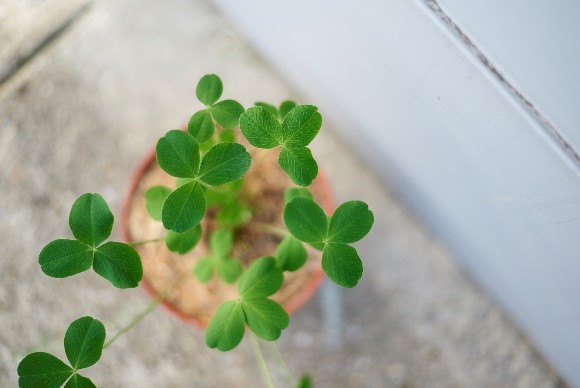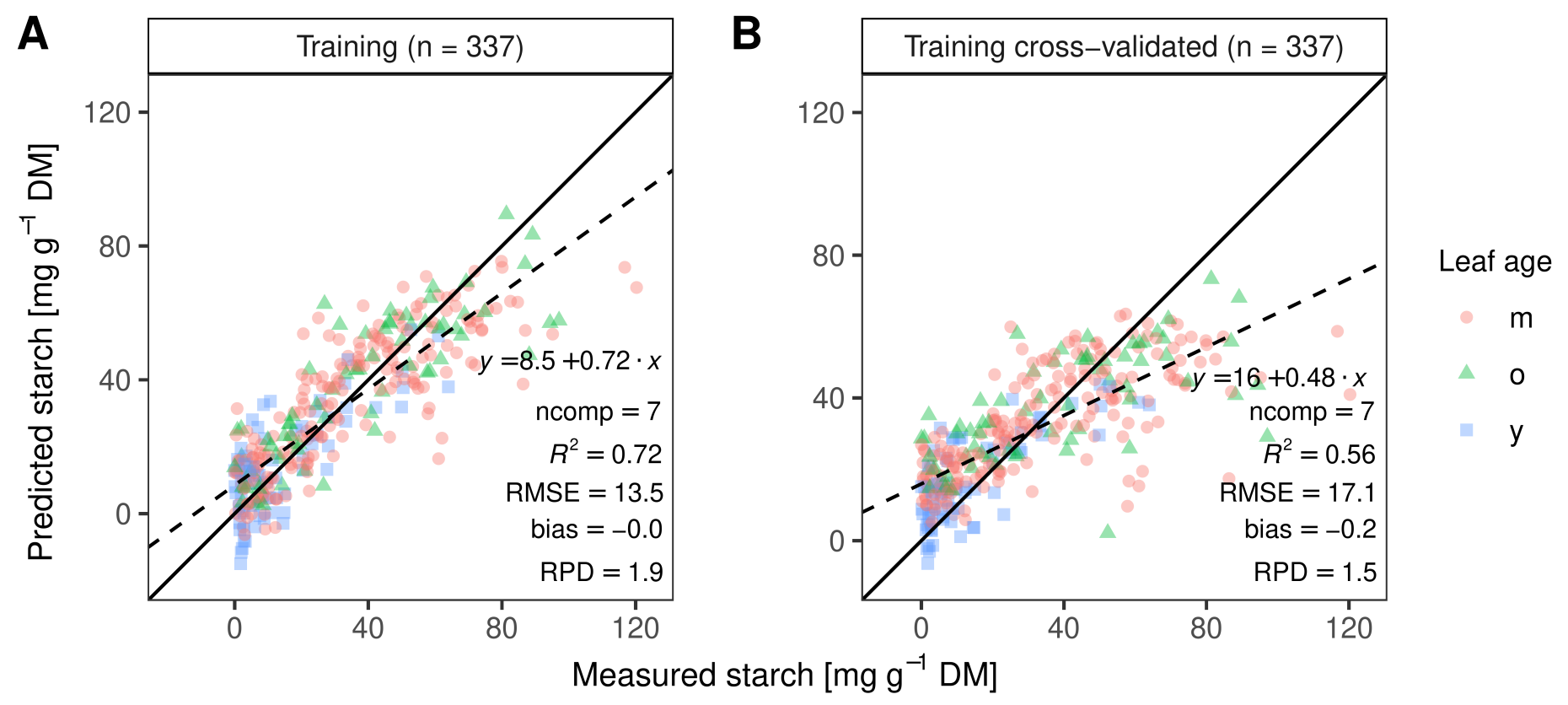High energy red clover
A non-destructive method to select for high leaf starch content in red clover.

Temporary and permanent grassland account for roughly 70% of agricultural land and play a significant role in sustainable agriculture worldwide by providing roughage for ruminant livestock production. Pasture and grassland-based agroecosystems maintain carbon balances, nutrient cycles, biodiversity and water quality. However, roughage-based livestock production was gradually replaced by more intensified production systems, where the high feed energy content required by today’s livestock breeds is largely covered through starch from cereals and maize.
Red clover with increased starch content could partly replace maize and cereal supplements. However, breeding for increased starch content requires efficient phenotyping methods. This study is unique in evaluating a non-destructive hyperspectral imaging approach to estimate leaf starch content in red clover for enabling efficient development of high starch red clover genotypes. We assessed prediction performance of partial least square regression models (PLSR) using cross-validation, and validated model performance with an independent test set. Starch content of the training set ranged from 0.1 to 120.3 mg g-1 DW. The best cross-validated PLSR model explained 56% of the measured variation and yielded a root mean square error (RMSE) of 17 mg g-1 DW. Model performance decreased when applying the trained model on the independent test set (RMSE = 29 mg g-1 DW, R2 = 0.36).
The non-destructive spectral method presented here, provides a tool to detect large differences in leaf starch content of red clover.
We thank Dr. Michael Ruckle for initiating the research on high starch red clover. The research for this paper was financially supported by the European Union’s Horizon 2020 Programme for Research & Innovation under grant agreement no. 727312 (project: “EUCLEG – Breeding forage and grain legumes to increase EU’s and China’s protein self-sufficiency”) and the Coop Research Program for Sustainability in Food Value Chains of the World Food System Center at ETH Zurich (project: “High-energy red clover”).
Citation:
Frey LA, Baumann P, Aasen H, Studer B, Kölliker R (2020) A non-destructive method to quantify leaf starch content in red clover. Front Plant Sci 11:569948
external pagehttps://doi.org/10.3389/fpls.2020.569948call_made

